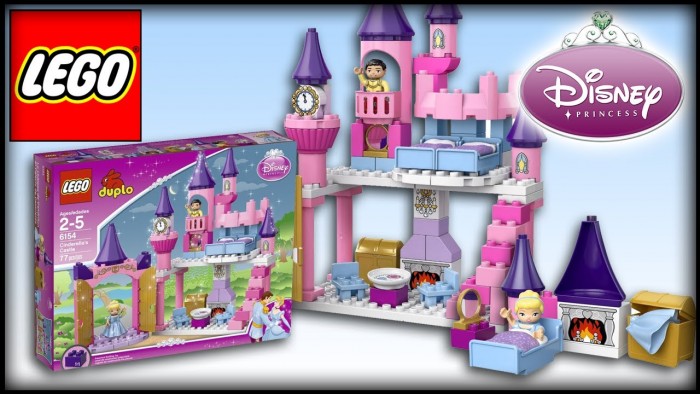Lego — the company that makes stackable toy bricks — has become a toy powerhouse in recent years, even surpassing Mattel in toy sales during 2014. Lego has become so popular, in fact, that the company has problems avoiding “brick shortages.”
Lego’s success has been helped along by the fact that — finally — Lego has managed to find success with girls.
With the launch of the Lego Friends line, Lego has tapped into 50 percent of the child population:
according to research firm NPD Group, the market for girls’ construction toys in the U.S. and the main European countries tripled to $900 million in 2014 from $300 million in 2011, largely on the back of the Lego Friends sets. And Lego says the share of girls among Lego players, which stood below 10% in the U.S. before the launch of Lego Friends, has increased sharply.
The Feminist Controversy
Perhaps predictably, Lego has been condemned by feminists and culture warriors for making Lego too “girly.” Those familiar with the Friends line already know how, instead of red and blue bricks for making fire stations, the new line designed for girls features purple and pink blocks (among other colors) for constructing yachts, homes, and restaurants.
The Wall Street Journal recently examined the controversy, noting:
After five years of work, [Lego] was enthusiastic about launching Lego Friends. The new sets, however, immediately unleashed a torrent of criticism from feminist groups. A U.S. activist organization, the Spark Movement, gathered 50,000 signatures with an online petition in 2012 and requested a meeting with Lego executives. Another group, Feminist Frequency, also complained.
“We were so disappointed,” said Dana Edell, executive director of the Spark Movement. “Lego was sending a message that girls get to play with hair dryers while boys get to build airplanes and skyscrapers.”
Ms. Edell, however, should probably aim her disappointment and disdain at seven-year-old girls rather than at Lego. After all, Lego’s success, or lack thereof, in marketing these products depends on the decisions of little girls.
Profit Seekers: Make Toys Girls Like
That is, Lego can only make money from the girl demographic if it makes toys little girls decide they want to play with. Following years of focus groups and surveys, Lego has produced toys that it thinks will attract their attention and demand.
Lego has said exactly this in interviews: (continue reading)
